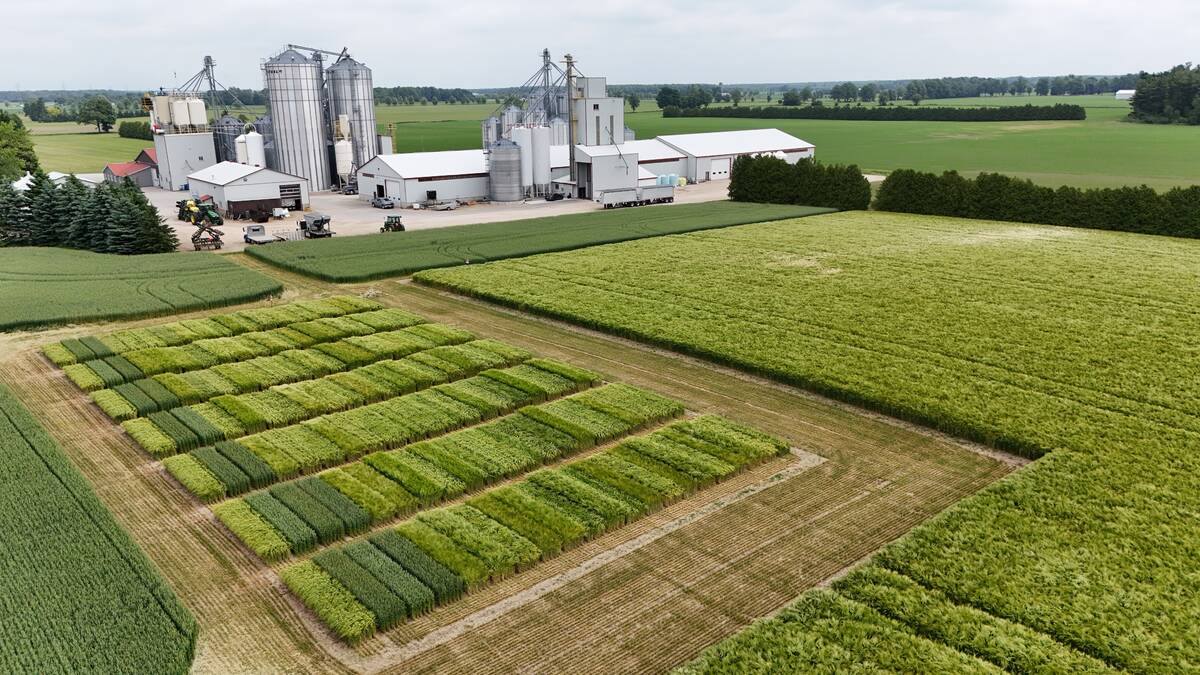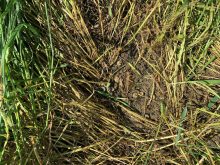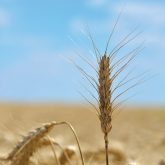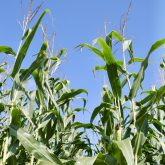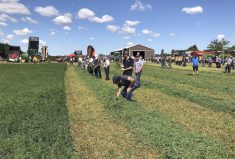If low winter wheat prices are discouraging you from keeping the crop in rotation, alternate winter cereals such as winter barley and hybrid rye might be better options, particularly given the improved yields and feed quality of modern varieties.
Why it matters: Winter cereals other than wheat could provide better yield and rotation options for growers.
Ensuring there’s an accessible market for such alternative cereals, however, is critical.
New varieties – better yields
Winter barley yields have been improving significantly in recent years with the importation of genetics from Europe and elsewhere abroad, said Julia Kimber, sales and marketing manager for Cribit Seeds in West Montrose.
Read Also

New Iridium technology helps block GPS spoofing
A tiny new chip will allow Iridium’s Positioning, Navigation and Timing (PNT) signals to be received much smaller devices, create a backstop against Global Positioning Systems (GPS) spoofing.
She and her colleagues have partnered with SeCan to import and trial more varieties of the crop, and as of October 2025, are maintaining 150 replicated performance trials. Currently, only two winter barley varieties — Ruzena and Calypso — are available to growers, although another variety is expected to be released in autumn 2026.
“There are two new varieties that SeCan has put forth that’s being bulked up now,” says Kimber.
She also says yields of the existing varieties are impressive, regularly garnering between three and 3.5 metric tonnes per acre on average. Some growers have managed to achieve four metric tonnes. This puts winter barley well past spring barley yields. A slightly earlier grain fill period also makes winter barley an attractive alternative winter cereal for those interested in double-cropping.
“We’re excited about that. Right now, our biggest push is to expand uses and opportunities for these new varieties,” Kimber says noting that interest among farmers in their operational area is increasing.
“We probably sold 1.5 times as much winter barley this fall as we did last year … We actually completely sold out, which we’ve never done before.”
The livestock connection
Joanna Follings, cereals specialist with the Ontario Ministry of Agriculture, Food, and Agribusiness, agrees new winter barley varieties bring much better yields and winter survivability compared to the common barley grown in bygone days.
An earlier grain fill period provides security against high temperature events in early summer, too, and good genetic packages have thus far meant Ontario growers are “seeing pretty low levels of disease in the crop.”
Other winter cereals like triticale and hybrid rye provide additional cropping options. Follings stresses an important step in growing alternative winter cereals, however, is knowing where the crop will go post harvest as not every elevator will handle such crops.
Having contracts in place prior to planting is thus recommended “more often than not.”
Livestock offer significant opportunity for growers, too. Indeed, Kimber says helping winter barley gain traction as livestock feed is one of the main goals of the Cribit Seeds team.
Follings adds she regularly hears from livestock nutritionists and farmers that the crop offers a good main source in feed rations.
“There’s a number of growers in Lambton where this is becoming their system. There’s a bit of a mix in terms of where that barley is going,” she says, highlighting its feasibility in the province’s southwest.
A similar story is unfolding for hybrid rye, with regard to both higher yields and feed quality.
“But again, the challenge is the market … Most of the hybrid rye that’s grown goes to Hiram Walker,” says Follings.
“If there were more opportunities for marketing and using that hybrid rye, we would probably see more acres.”




